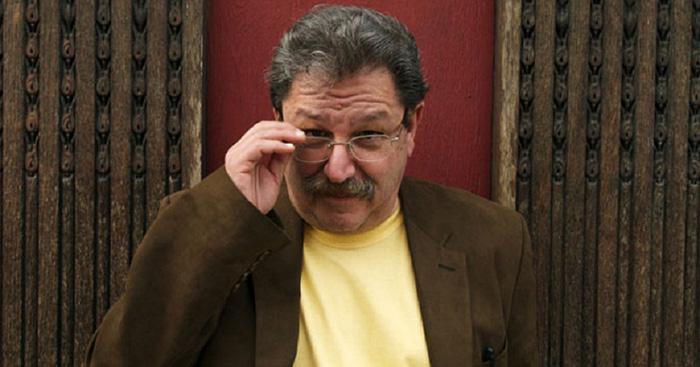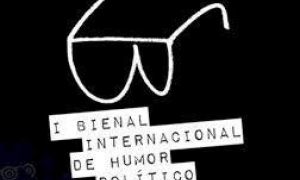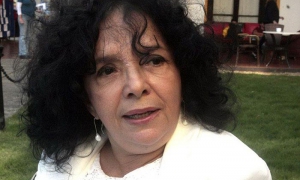
Paco Ignacio Taibo II is one of those creatures that puts his heart into his words. His talent is not only to tell stories and put together books that captivate the reader until the very last page. In his case, his writing is accompanied by the ethics of his trade and a righteousness revealed in each and every one of his works.
The Casa de las Américas dedicated its 2016 Author Week (November 22-25) to this Mexican born in Spain, who signs with a Roman numeral to honor the heritage of his father, of the same name and recognized for his journalism and anti-Franco militancy. The event saw discussion of the author’s literary repertoire, while he himself spoke of his experiences. Readers could also acquire the edition prepared by the institution of Ernesto Guevara, también conocido como el Che (Ernesto Guevara: Also known as Che), a book that navigates the waters between biography, testimony, and social-political essay.
Although his works in this latter field - which some describe as non-fiction literature - are abundant, Taibo II appeared on the Cuban cultural scene in the early 1980s with a novel, Días de combate (Days of Combat), and its film adaptation, directed by Alfredo Gurrola and starring Pedro Armendáriz Jr, who played the detective Héctor Belascoarán.
The saga of this character, which covers a dozen titles, catapulted the writer to the top of Ibero-American detective fiction, with the singularity of the crime-fiction genre in our language resulting in the successive “Semana Negra de Gijón” (Black Week) festivals, founded by the author in 1988 in the Spanish city of Gijón, where he was born.
However, the pressing need to use literature as a tool for the recovery of Latin American historical memory has prevailed in recent times.
In the 1980s, Taibo II wrote the monograph El primer primero de mayo en México with Jorge Fernández Tomás, and El socialismo en un solo puerto: Acapulco, Memoria roja: luchas sindicales de los años 20 and Las dos muertes de Juan R. Escudero with Rogelio Vizcaíno, and coordinated and wrote the prologue for the anthology El socialismo libertario mexicano.
However, there was a defining moment in which the journalist, crime writer, and researcher merged. Perhaps the starting point can be found in Pascual, décimo round, about the union struggles of workers in one of the big Mexican soft drink makers and the repression they suffered, or in Arcángeles: cuatro historias no muy ortodoxas de revolucionarios.
Without abandoning his detective fiction, or rather taking advantage of his notoriety in this area, Taibo II directed his readers toward the true stories that are usually made invisible or stereotyped.
His works on Mexican hero Pancho Villa and the “really handsome” Cuban anti-imperialist Antonio Guiteras, follow these lines.
Thus he approached the figure of Che. First, with La batalla de Santa Clara in 1989, and then in 1996 with the book now published in Cuba by the Casa de las Américas, and, a year later, the book based on the experience of the guerrilla in the Congo, El año que estuvimos en ninguna parte, writtenwith Froilán Escobar and Félix Guerra.
On the day he learned of Guevara’s death, Taibo II, then 19 years old, was distributing union leaflets in a neighborhood of Mexico City: “I found myself desolate on a corner, not knowing what to do.”
At the beginning of the new Cuban edition of Ernesto Guevara, también conocido como el Che, the author explains: “The elaboration of the first version of this biography left me in a deplorable state, full of obsessions and anguish. I did not know that to write a biography was to get so close, under the skin of others. I did not know how close to madness several years obsessively studying a single character, in an originally empty room, that little by little is filled with details, as the story is put together, can take you. It is dangerous to get too close to a character like this. To get inside his head, leave and distance yourself, and do that over and over again. While writing his biography I felt like the fire reached my feet, the working hours increased, night and day became one. (...) Detachment is an obligatory resource of historians of the Middle Ages. But Che burns on, he burns, accelerates, compels, imposes (…) I assume that writing this fourth version will not settle my personal debts with Ernesto Guevara, who will continue to visit me in dreams, to scold me for not laying the bricks well in a school under construction.”






